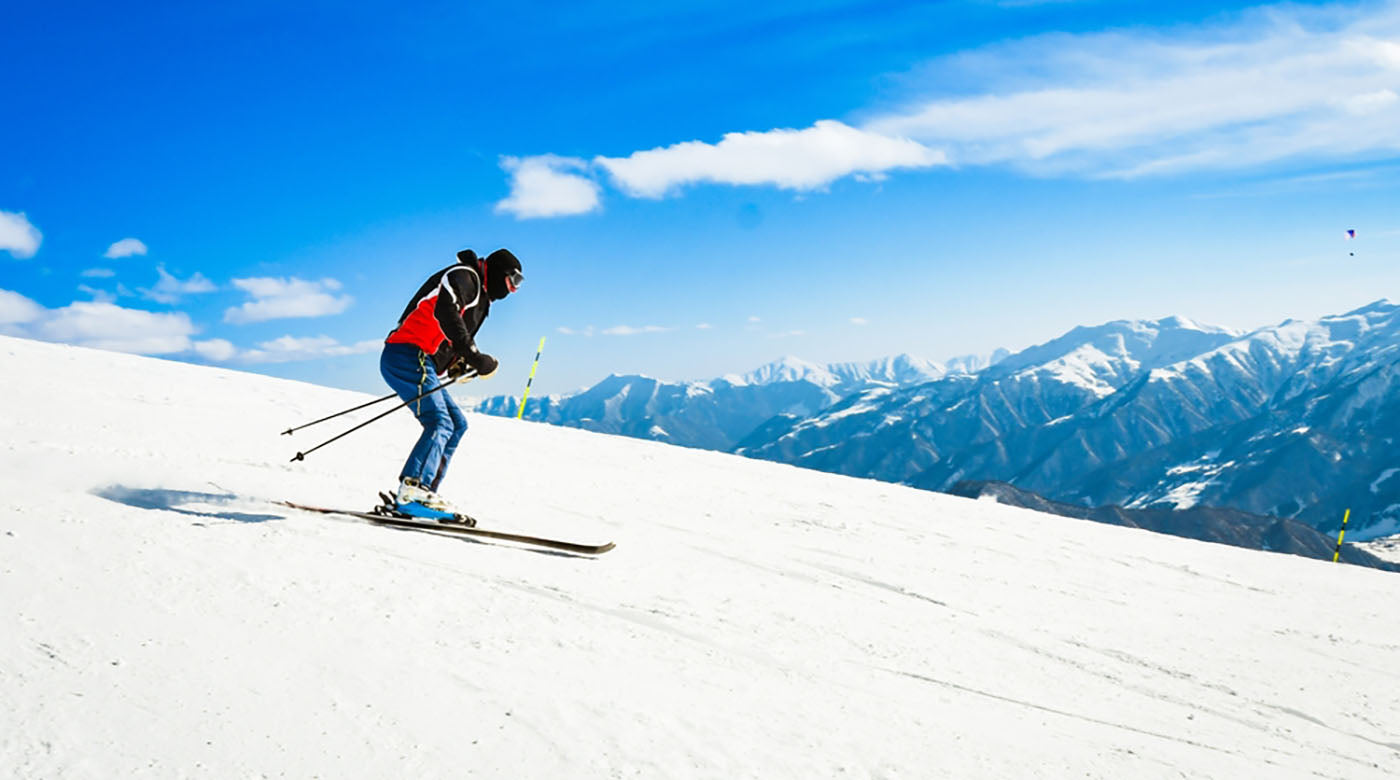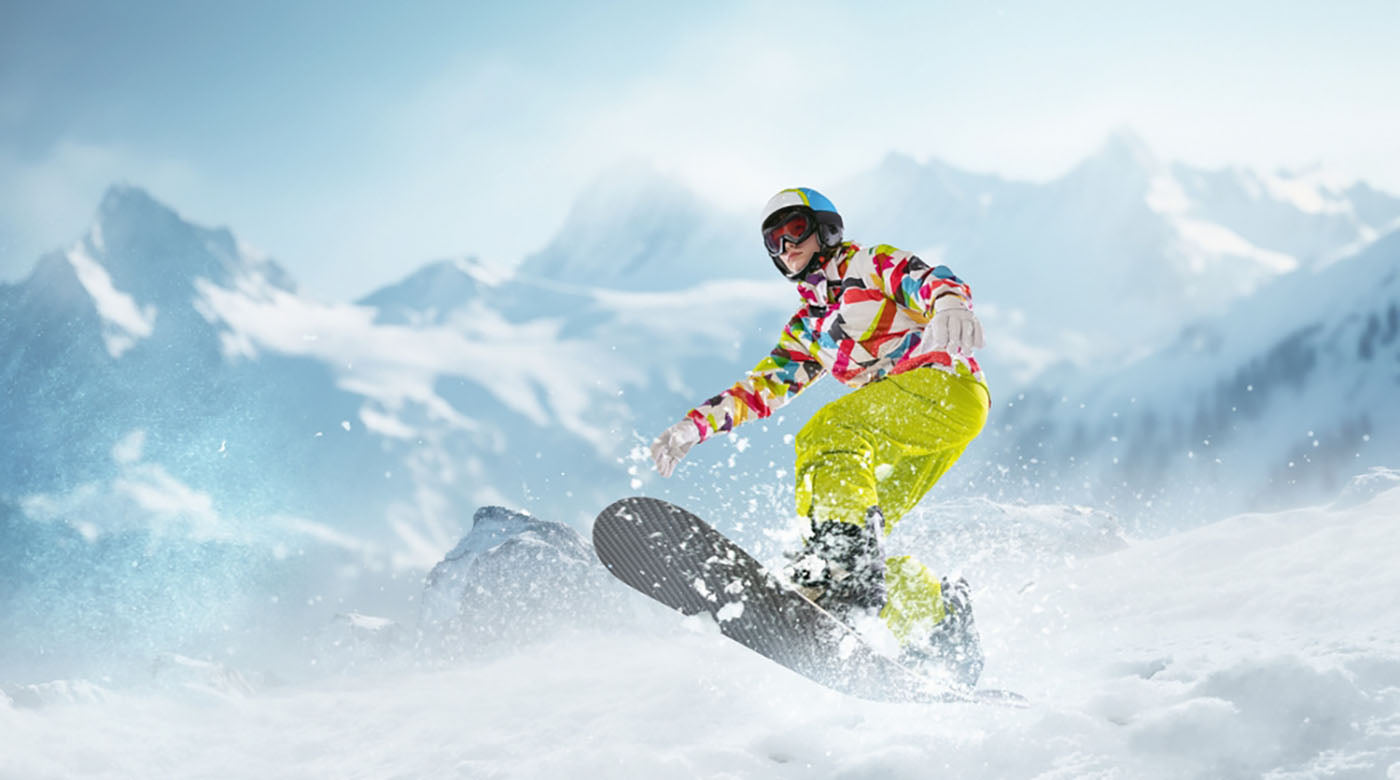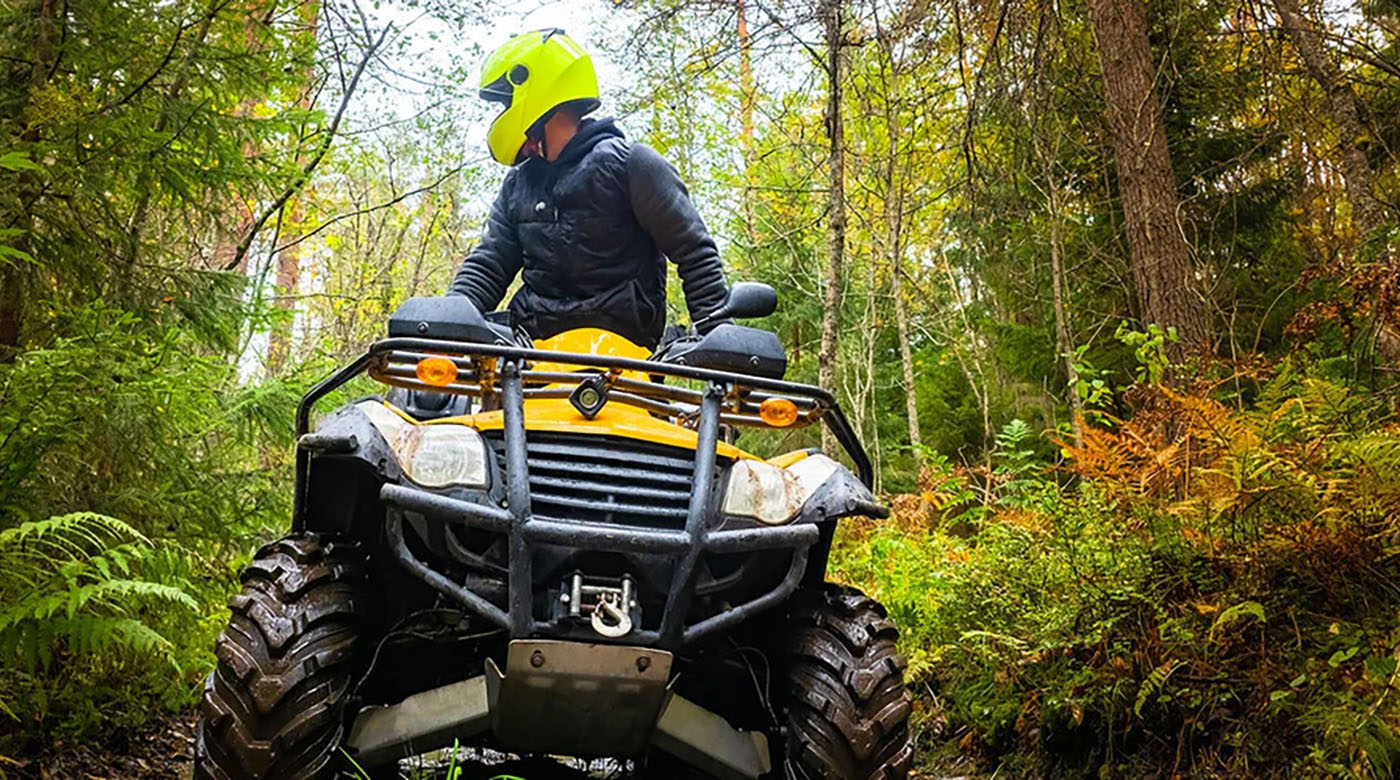Depending on your experience level, the idea of hitting the slopes will either get your blood pumping or produce a twinge of anxiety. Approximately 600,000 people get injured skiing annually in the U.S. So, how can you reduce your risk of injury without limiting your time on the lift? Use these ski safety tips to explore winter wonderlands without endangering yourself or others.
1. Inspect Your Gear
Nothing determines your experience on the slopes like the condition of your gear. Whether you own or rent, a thorough inspection is crucial. Ensure the edges of your skis are smooth to glide over the snow. Test the bindings to stay firmly mounted. Ensure a proper fit based on the size guidelines. When in doubt, ask the customer service attendant or sales rep for advice on what to wear. Learn about the different types of skiing to choose the proper gear depending on how you ride.
Use Ski Helmet Communication to Talk Distraction-Free2. Practice, Practice, Practice
You’ll need at least three to five eight-hour training days to complete a run safely. The steepness of the learning curve varies based on your background. Strong hand-eye coordination, good balance and regular exercise will accelerate the learning process. You shouldn’t attempt a run until you feel confident stopping and turning. Start with beginner slopes with fewer obstacles, shorter runs and moderate descents. Avoid slopes during the busiest times of the day/year to prevent collisions.

Source: mezzotint/Shutterstock.com
3. Heads Up
Colliding with a tree, rock or another skier can lead to severe injuries and nasty disputes. Even subtle changes in the terrain can throw you off your game. Pay attention to everything in your periphery to give yourself more time to turn or stop. You shouldn’t look down or away from the trail for any reason. Use goggles or a full-face helmet with a visor to see your surroundings clearly through the glare and falling snow.
4. Buddy Up
Doing it alone can lead you to second-guess yourself when you only have a few seconds to respond. Ski with a more experienced rider while you get your bearings to give yourself extra peace of mind. Your instructor or companion can alert you to upcoming obstacles, review your stance and demonstrate the proper form to improve your skills.
Use ski helmet communication to talk wirelessly when things get heated without looking away from the trail. Mountable headsets use Dynamic Mesh Communication to create a direct link between up to 15 riders, so you won’t get disconnected if you change formation. It automatically reconnects when you’re in range to maximize your concentration.
Skiing with a snowboarder? Use snowboard helmet communication that connects to any type of helmet to coordinate with your pal — even if you’re not practicing the same sport.
5. Check the Terrain
Skiing requires a healthy layer of snow, but warming temperatures have made fresh powder harder to find. Cruising over thinly-veiled rocks and earth increases the risk of trips and falls. The hard edges can damage your equipment and worsen injuries. Check with the park attendants to ensure it’s safe to ride based on snow accumulation.
Many resorts blanket slopes in artificial snow to maximize the number of ski days. However, experts say fake crystals pack more densely than real snowflakes, increasing rider speed and making falls harder.
6. Respect the Rules of the Trail
Much like drivers, skiers must be courteous to one another to avoid accidents. Every park posts rules for navigating the slopes to reduce interpersonal conflicts and collisions.
It’s your responsibility to avoid those skiing ahead of you. Learn how to reduce your speed to prevent running into them from behind. Don’t stop in areas where you’re not visible from above or behind. Yield to oncoming skiers when merging.
7. Stay the Course
Only ski in approved areas. Exploring off-trail and backwoods skiing exposes you to more obstacles and hazards. Follow the signs and traffic flow to stay the course and prevent head-on collisions. Use real-time interactive resort maps to identify which trails are open on the day of your visit.

Source: Dmitry Molchanov/Shutterstock.com
Wrapping Up
Skiing means taking responsibility for your time on the slopes. It’s up to you to obey the rules, build the necessary skills and manage your skiing route to limit your impact on others and the environment. Invest in training and the proper gear to ensure a successful outing.





